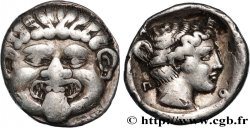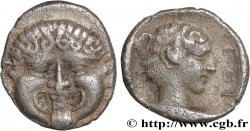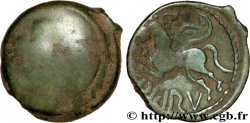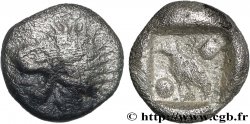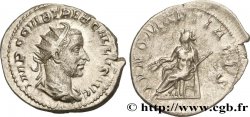E-auction 283-203823 - bgr_275589 - MACEDONIA - NEAPOLIS Unité
You must signin and be an approved bidder to bid, LOGIN TO BID. Accounts are subject to approval and the approval process takes place within 48 hours. Do not wait until the day a sale closes to register. Clicking on « bid » constitutes acceptance of the terms of use of cgb.fr private e-auctions.
Bids must be placed in whole Euro amounts only. The sale will start closing at the time stated on the item description; any bids received at the site after the closing time will not be executed. Transmission times may vary and bids could be rejected if you wait until the last second. For further information ckeck the E-auctions F.A.Q.
NO BUYER'S FEE.
NO BUYER'S FEE.
| Estimate : | 175 € |
| Price : | 87 € |
| Maximum bid : | 202 € |
| End of the sale : | 17 September 2018 14:00:00 |
| bidders : | 7 bidders |
Type : Unité
Date: c. 400-348 AC.
Mint name / Town : Neapolis, Macédoine
Metal : copper
Diameter : 11,5 mm
Orientation dies : 12 h.
Weight : 1,48 g.
Rarity : R2
Coments on the condition:
Exemplaire sur un petit flan ovale et irrégulier, bien centré des deux côtés. Très belle tête de Méduse. Petite tête très fine au revers. Jolie patine vert noir
Obverse
Obverse legend : ANÉPIGRAPHE.
Obverse description : Tête de Gorgone de face, grimaçant et tirant la langue, la chevelure plate se termine par des boucles sur le front.
Reverse
Reverse legend : ANÉPIGRAPHE.
Reverse description : Tête de nymphe à droite avec une chevelure très élaborée.
Commentary
Ce type semble beaucoup plus rare que ne le laissent supposer les ouvrages généraux. C’est la première fois que nous le proposons à la vente.
This type seems much rarer than general works suggest. This is the first time we are offering it for sale.
This type seems much rarer than general works suggest. This is the first time we are offering it for sale.







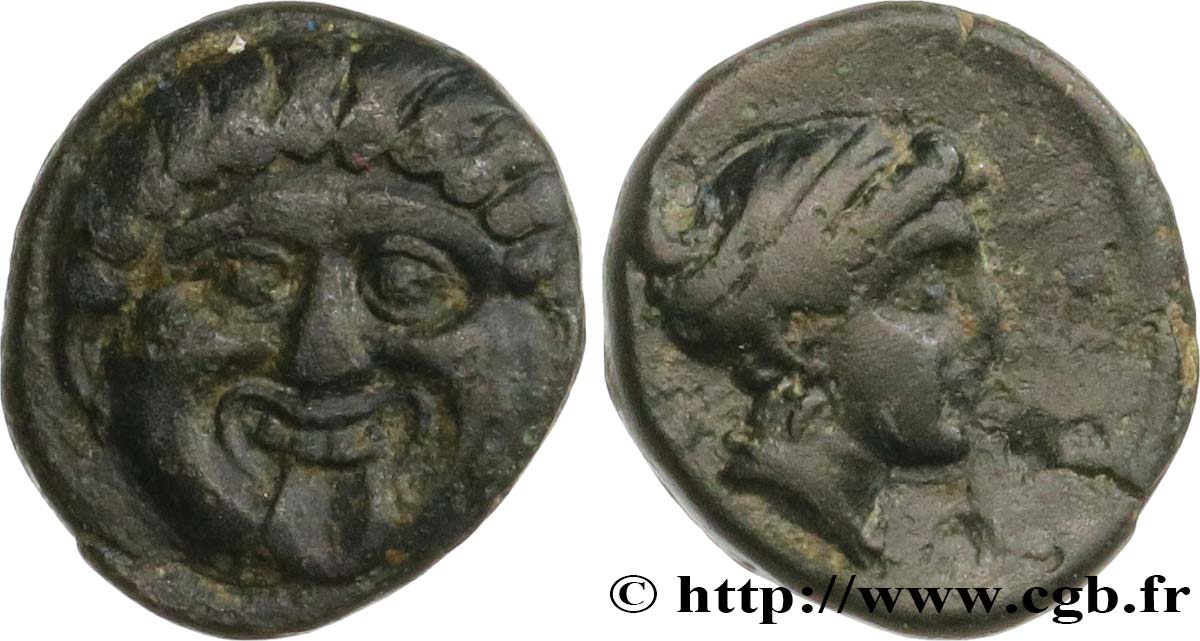
 Report a mistake
Report a mistake Print the page
Print the page Share my selection
Share my selection Ask a question
Ask a question Consign / sell
Consign / sell
 Full data
Full data